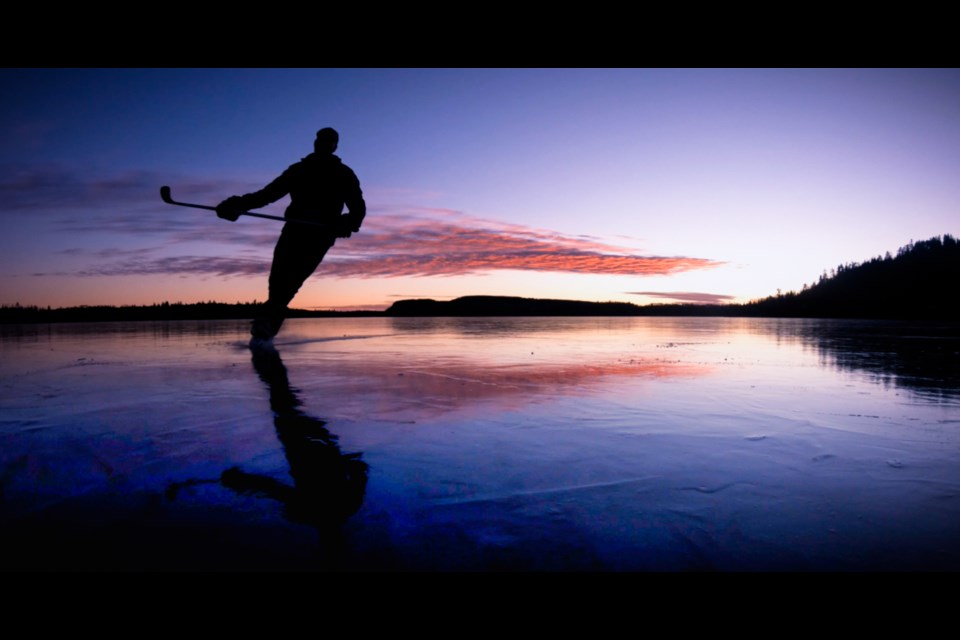Last winter, James Moat found himself exploring the outdoors more. The librarian of the Thunder Bay Symphony Orchestra was at home with plenty of time on his hands, and it just so happened that early 2021 was a great time for ice.
He joined some friends to go skating on wild ice - naturally occurring ice on local lakes. “We went to a couple of amazing locations,” he says. “Perfect, perfect ice - it was just unbelievable.”
An avid outdoorsman who spends his summers tree planting in British Columbia, Moat was hooked. The “feeling of freedom” is exhilarating, he says. “It’s so open and free. Just being able to skate, way off into the distance, on a huge patch of ice. You can’t compare it to a hockey rink.”
Last winter, Moat skated on Cloud Lake, Little Trout Bay on Lake Superior and Silver Harbour, also on the big lake. “Last year was a very rare year,” he says. “Ice like that happens maybe once every five years, they say.”
At Silver Harbour, he and some friends tried to skate to Caribou Island, about eight kilometres away. “We wore life jackets, and we had each other, just in case,” he says. They got about half way there before a large pressure crack with water coming up stopped them. “We decided it wasn’t worth trying to jump over the crack, the ice was thin,” he recalls. “I was definitely nervous!”
Generally, four inches is supposed to be the minimum required for skaters on ice. That said, on larger bodies of water, ice conditions can be unreliable. Moat says eyeballing the thickness of ice is not always possible, so you need to use a drill or auger. “It’s good to go out a little ways from shore, maybe 20 feet,” he suggests. Drilling in multiple locations is also a good idea.
Moat says he feels a bit more comfortable about safety on smaller inland lakes. Whitelily Lake, off Highway 527, was already frozen over by early December this winter, he says, with the ice being a reassuring seven inches thick. “But going out on Lake Superior, I would always wear a life jacket, and ice picks are very handy,” he says. Skating in groups, of course, is a must.
An amateur photographer with a passion for landscape photography, Moat says wild ice also allows him to take some unique photos. “You can have fun with lighting,” he says.
Another amazing phenomenon that adds to the fascination of wild ice is the way it can make otherworldly sounds. “I guess it’s the water moving, or cracks forming on the ice as you skate on it,” says Moat. “It shoots out these ‘Pew! Pew!’ kind of high-pitched sounds. If you go to a lake with thin ice, maybe 1.5 inches, and if you throw a rock across the ice, it would skip and make all these sounds.”
Wild ice skating can be a thrilling experience. “I was skating on Cloud Lake [last year.] It was safe, but the ice was so new that as you skate, you’d see a crack shoot out right underneath you. I was with people who knew I was safe, but still, your adrenaline gets going,” Moat admits.
So far, this winter has been too warm for ideal ice formation. It takes a number of very cold days for ice to form, and if it’s too windy, the ice could get bumpy and rough. Moat still hopes to spend as much time as possible out skating on wild ice this winter.



